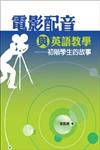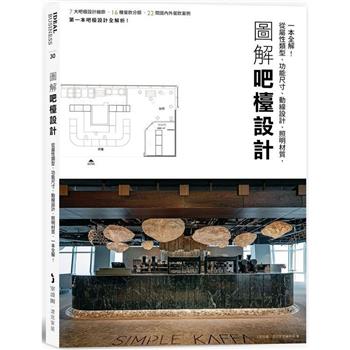自 序
第 一 章 概論
第 二 章 理論基礎與背景
第一節 實境學習理論(Situated Learning Theory)
第二節 實境學習理論的學習環境(Learning Environments of Situated Learning)
第三節 認知學徒學習法與初階英語學習者的口語溝通教學(Situated learning and the Instruction of Oral Communication for Lower-Level EFL Learners)
第四節 詞彙定義(Definition of Terms)
第 三 章 研究方法與教學設計
第一節 教案實施環境(Context)
第二節 參與學生背景特色(Participants)
第三節 教學素材(Teaching Materials)
第四節 試驗性研究(Pilot Study)
第五節 教學設計(Instructional Design)
第六節 資料蒐集(Data Collection)
第七節 資料分析(Data Analysis)
第八節 執行時間表(Timeline of the Teaching Project)
第 四 章 學生的故事
第一節 教室觀察結果(Critical Events)
第二節 學生對本教案的整體感想(Participants as a Whole)
第三節 六個學生個案探討(Focus Cases)
第 五 章 討論
第一節 研究問題1:以電影欣賞作為觀摩英語口語溝通典範的過程如何影響學生的英語學習經驗?
第二節 研究問題2:以電影配音活動作為英語口語溝通實作練習的過程如何影響學生的英語學習經驗?
第三節 研究問題3:電影片段的言辭特色及非言辭特色如何影響學生在電影配音中的表現?
第四節 兩種極端例子(Two Extreme Results)
第五節 認知學徒學習法訓練英語口語溝通能力的條件(Conditions of Oral Instruction with Cognitive Apprenticeship)
第六節 理論應用(Theoretical Adaptation)
第 六 章 結語
第一節 本研究的限制與困難(Limitations and Difficulties)
第二節 本研究的教學寓意 (Pedagogical Implication)
參考書目
附 錄











